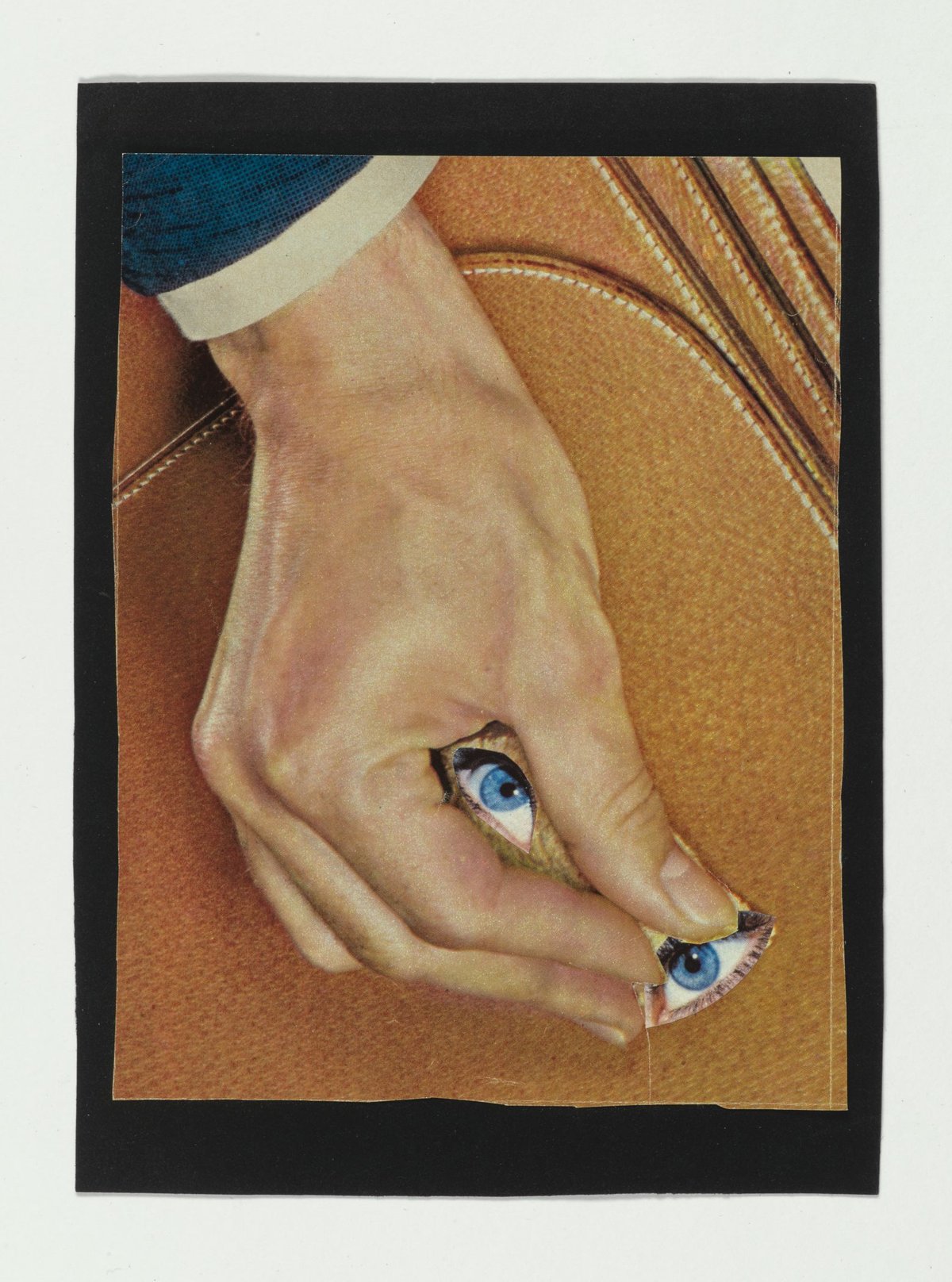The largest and most comprehensive library of literature on Surrealism has been donated to the Museum Boijmans Van Beuningen in Rotterdam. Curators at the museum plan to open a study centre focusing on Surrealism—the first of its kind—after receiving the gift consisting of more than 4,000 publications from the collectors Laurens Vancrevel and Frida de Jong. The pair have also donated 50 Surrealist works to the museum since 2017, including Forêt noire (1991) by Her de Vries and Poème incousu (1981) by Theo van Baaren.
The donation includes monographs, catalogues and literature on Surrealism, ranging from poetry and prose to essays published in several languages. These includes titles such as Brumes Blondes; Transforma(c)tion; Poemes (1948) by Andre Breton; the International Surrealist Exhibition catalogue (1938) by Galerie Robert in Amsterdam; and the Permanence du surrealisme exhibition catalogue (1967) from EPOK in Velp, the Netherlands.
A museum spokeswoman says: “[Laurens Vancrevel and Frida de Jong] started collecting books about Surrealist art and literature in the 1960s, and have amassed a collection of more than 4,000 pieces. This library collection will be donated to our museum and be part of our future knowledge centre.”
The main museum building, which will house the Surrealism study centre, is due to reopen in 2026 following extensive renovations that involves the removal of asbestos. But the museum’s long-awaited storage depot is scheduled to launch later this year; the publicly accessible space will hold 151,000 pieces, encompassing 88,000 drawings and prints.
The Dutch art historian and Surrealism scholar Tessel Bauduin points out that Laurens Vancrevel is a Surrealist himself, and was the editor of the Dutch Surrealist periodical Brumes Blondes. “He was in personal contact with many Surrealists, which is why his art collection and library contain many unique pieces, for instance, given to him personally by artists and authors,” Bauduin says.
Surrealist groups and ideas flourished in the second half of the 20th century, notwithstanding the death of the movement's principal theorist André Breton, with a wealth of activity in the 1960s and 1970s in countries such as the Netherlands, she adds.
“For all that those movements were relatively recent, they’ve remained comparatively invisible and a lot of material is unstudied, even unknown and in danger of being lost. Increasingly scholars of Surrealism, and Modernism more generally, are acknowledging that a lot of interesting and important literary and artistic activity has been and is overlooked,” Bauduin says.
“I expect that the art works [donated by the couple] and especially the library will also form a treasure trove in that respect, containing a lot of material that opens up new horizons on Surrealist activities dating from the 1930s to the 2010s for scholars, amateurs and artists alike.”
The collecting couple add in a statement: “This is a striking innovation in the museum presentation of Surrealist art, not just here in the Netherlands but internationally. It shows clearly that in Surrealism, as a philosophy of creativity, visual art is not detached from poetry or from the maker’s view of the world.”



